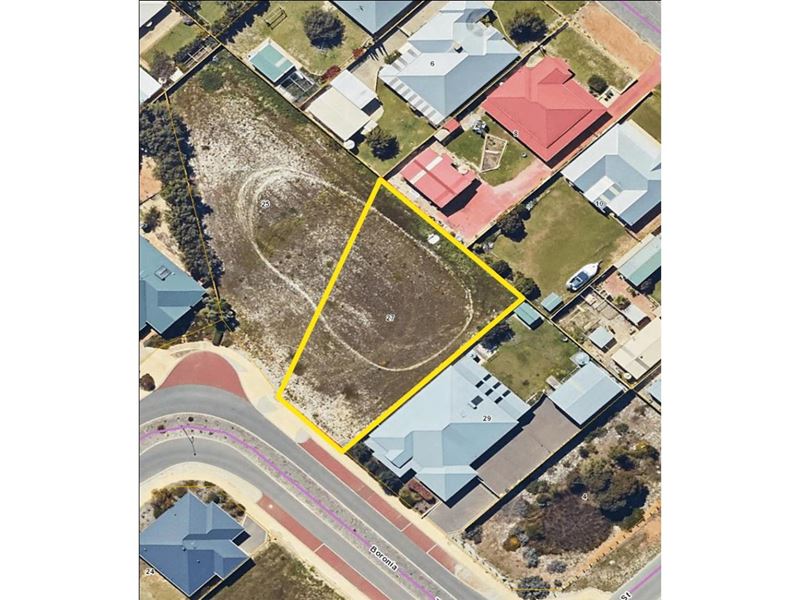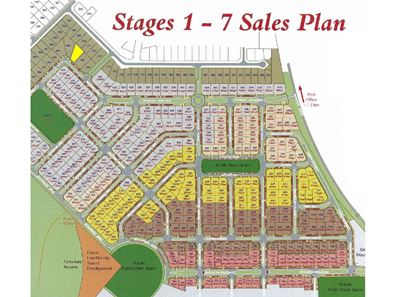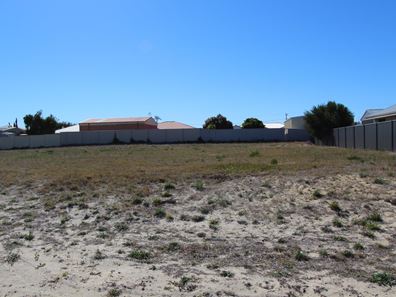Sold
Located in stage 1 of Beachridge Estate lies a 1070m2 vacant block up for grabs. Extremely rare at that size, imagine your 80m2 shed and still a huge backyard, plenty of room for your boats, caravans, large 4WD's, jetskis, whatever toys you have, their is room for all of them! Plus it's perfectly positioned so your alfresco area is protected from the winds 24/7.
Being in the earlier stages means you're closer to the shops, beach etc.. but also in an established area.
This irregular shape block is exciting, it's interesting and allows the new owner to design a unique, modern style home to suit the block.
Nothing but wins here, no time restrictions to build, attractive Residential Design Guidelines if or when you decide to build and we've spoken to a few builders who have designed some great houses so all the hard works already been done!
At this size, aspect and at this price it's a steal and won't last long.
Call Samantha on 0409 104 724.
Listing snapshot by reiwa.com
This land listing located in Jurien Bay was sold by Samantha Murdock at Ray White Jurien Bay.
If you would like to get in touch with Samantha Murdock regarding Lot 402, 27 Boronia Turn, Jurien Bay, please call 0409 104 724 or contact the agent via email.
Nearby schools
Jurien Bay overview
The townsite of Jurien Bay is located on Jurien Bay, 266 kilometres north northwest of Perth. The bay, from which the townsite derives its name was named on July 1st 1801 by the French expedition under Captain Baudin. The name honours Charles Marie, vicomte Jurien, 1763-1836, a French naval administrator. Early maritime history of Jurien Bay includes visits by Captain Philip Parker King in the brig "Bathurst" in 1822, Lt. William Preston in the hired cutter "Colonist" in 1830 and J W Gregory in the schooner "Thetis" in 1847-8. The bay was first surveyed by James Harding, Harbour Master of Fremantle, in 1865, and a more extensive survey was made by Staff Commander W E Archdeacon R.N. in 1875.
The first evidence of interest in development at Jurien Bay was when a reserve for Shipping and Landing was declared here in 1887. A church site reserve for the Church of England was gazetted in 1930, and a church erected in late 1931. The church was demolished by the Army in early 1942 because it was of landmark value (of possible aid to a Japanese landing!).





